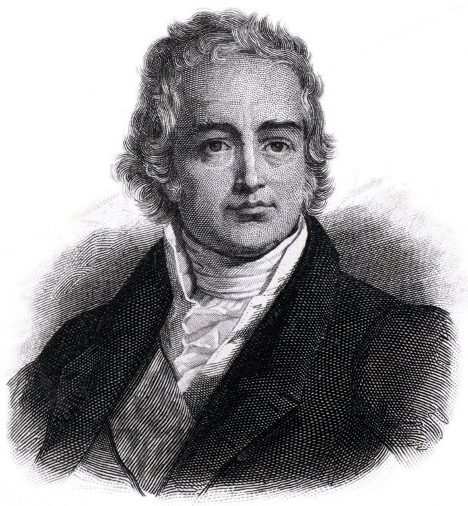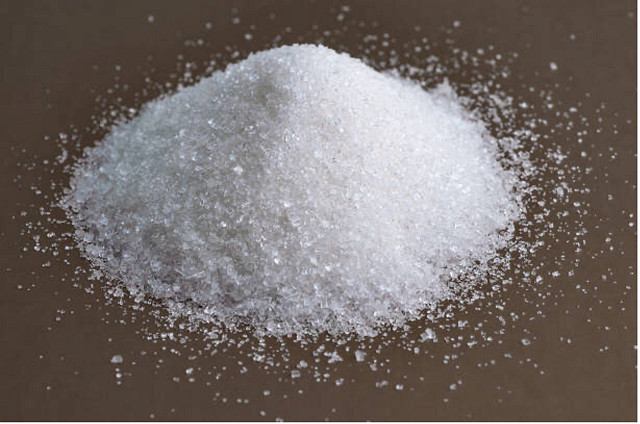
History and Usage/Legal Requirements
Chaptalization is the addition of sugar to grape juice or must to raise the potential alcohol of the resulting wine(1). This technique has a long history, with historical documentation at least since Roman times, when honey was used to improve body or mouthfeel(2). In 1801, Napoleon’s Minister of Agriculture, Jean-Antoine Chaptal (after whom the practice is now named), made the practice famous by advocating for its use to strengthen and preserve wine. It became widespread in Germany in the 1840’s during an era of poor vintages and is thought to have sustained the Mosel through this difficult time. The practice become so popular that rampant use had to be brought in check by French law in 1907 after 900,000 people rioted to protect their livelihood from “artificial” wines made from heavily chaptalized, inexpensive, overcropped fruit(1).
Chaptalization has been used widely in Europe for centuries including regions such as Germany, Champagne, Burgundy and Bordeaux(2). EU regulations allow chaptalization on a sliding scale depending on growing region. The coolest regions (Zone A), such as Germany, are allowed up to 3% increase in alcohol percentage (not to exceed 11.5% ABV in white wines and 12% in red wines). Lower amounts of chaptalization are allowed in Zone B (including Alsace, Champagne, Jura, Loire), which allows 2% increase in alcohol with limits of 12 and 12.5% alcohol for white and red wines, respectively. Though an increase of 1.5% ABV is legal for Zone C, many wine producing regions have their own regulation forbidding chaptalization. This includes Italy, Greece, Spain, Portugal and Southern France. In any region where chaptalization is legal, an additional 0.5% increase may be allowed in particularly difficult vintages1 In the US, the regulations are much simpler. The Code of Federal Regulations (Title 27, Part 24.2) states that chaptalization can be done with pure dry sugar or concentrated grape juice, and the original density cannot be raised more than 25 Brix. Additional laws may apply in specific regions.
Chemical and Sensory Effects
There are chemical and sensory reasons to chaptalize. The concentration of alcohol affects the chemical stability of the wine (acting as an antimicrobial agent). The viscosity of alcohol adds weight to the palate(2), it volatilizes fruit aromas(2), augments the production of glycerol, succinic acid, and esters(3). Peynaud states that “the greater the quantity of sugar involved, the more intense is the secondary aroma, hence, chaptalization can improve the aroma(4)”. He also points out that alcohol itself has a sweet taste that can affect perception of other flavors. Alcohol amplifies other sweet tastes (namely fruit), masks bitterness and saltiness, diminishes perception of astringency but can accentuate unpleasant astringency(4), and diminishes green or unripe characters(3).
In an elegant experimental design, Sherman et al (2018)(5) tested the effects of ethanol concentration on chemical and sensory properties of wines harvested at three levels of ripeness. They harvested the same block at three intervals: underripe, ripe, and overripe. For each harvest, they broke the grapes into three treatments and used either chaptalization (to raise the Brix) or saignée and watering back with acidulated water (to lower Brix) so that they could compare chemistry and sensory responses for wines of each harvest interval with each resulting alcohol concentration. They found that there were expected differences in chemistry between wines from different harvest dates, however, adjustments for ethanol “had a greater effect on wine sensory properties than fruit maturity.” Specifically, “wines made from ripe (24° Brix) or overripe (28° Brix) fruit adjusted to low ethanol concentrations were described similarly to wines made from unripe fruit” including green and sour, and “wines made from unripe or ripe fruit adjusted to high ethanol concentrations were described similarly to wines made from overripe fruit” including descriptors such as red fruit and flora. They conclude that “wine ethanol concentration is more important for the sensory profiles of wines than is fruit maturity at harvest.” This paper is available in the public domain. The reference section includes a link and I highly recommend reading it for yourself.

Practical Considerations
Chaptalization usually involves the addition of cane sugar (though occasionally beet sugar or corn syrup are used) to the juice or must at a rate of 17 g sucrose to produce 10 g ethanol(3). It is important to make sure all of the sugar is fully dissolved, as any remaining undissolved sugar will not be fermented and will leave the wine at microbial risk. The timing of addition is the subject of much debate, with winemakers advocating for additions before, during, and toward the end of fermentation. The debate tends to rest on the effect on the rate of fermentation, with some wanting to ensure a longer, slower fermentation while others are more concerned about finishing a potentially difficult fermentation. A few things few things to keep in mind when deciding when to chaptalize include:
- Additions must be fully dissolved, which is easier in warmer, fermenting must than during cold soak or just after cold settling.
- Sugar addition has been shown to slow down yeast multiplication and affect the overall biomass at the end of fermentation(6). This may be a drawback (if you are concerned about having adequate biomass to finish a difficult fermentation) or a plus (if you are concerned about fermentation proceeding too quickly).
- Aeration at the time of sugar addition improves yeast biomass survival rate (presumably by encouraging the production of cell membrane components)(6).
- Sugar must be transported into the cell by proteins in the cell membrane. These membrane proteins are somewhat inhibited by ethanol and acetic acid and become less efficient as fermentation proceeds, though some yeast have proteins better suited for this than others. Additions very late in fermentation have the risk of sticking(7).
For these reasons, prevailing instruction is that sugar can be added prior to or early in fermentation for temperature controlled white wines as there is little concern about fermentations running out of control, and higher concern about a healthy yeast population to finish low temperature (slow) fermentation. For red wines, addition is recommended after the end of the exponential phase of yeast growth (day 2-4) when the must is warm, the yeast are finished multiplying but ethanol has not yet built up(3,6). However, many winemakers add sugar at times other than these with good results.
References
(1) Chaptalization. Wikipedia.
(2) Sogg, D. Inside Wine: Chaptalization When Augmenting Alcohol, It’s a Matter of Degree. Wine Spectator, 2003.
(3) Jackson, R. S. Wine Science: Principles and Applications, 4 edition.; Academic Press: Amsterdam, 2014.
(4) Peynaud, E. The Taste of Wine: The Art and Science of Wine Appreciation; The Wine Appreciation Guild LTD: San Francisco, California, 1987.
(5) Sherman, E.; Greenwood, D. R.; Villas-Boâs, S. G.; Heymann, H.; Harbertson, J. F. Impact of Grape Maturity and Ethanol Concentration on Sensory Properties of Washington State Merlot Wines. Am J Enol Vitic.2017, 68 (3), 344–356.
(6) Ribereau-Gayon, P.; Larue, F.; Chaumet, P. The Effect of Addition of Sucrose and Aeration to Grape Must on Growth and Metabolic Activity of Saccharomyces Cerevisiae. Vitis 1987, 26, 208–214.
(7) Santos, J.; Sousa, M. J.; Cardoso, H.; Inacio, J.; Silva, S.; Spencer-Martins, I.; Leao, C. Ethanol Tolerance of Sugar Transport, and the Rectification of Stuck Wine Fermentations. Microbiology 154 (2), 422–430.


